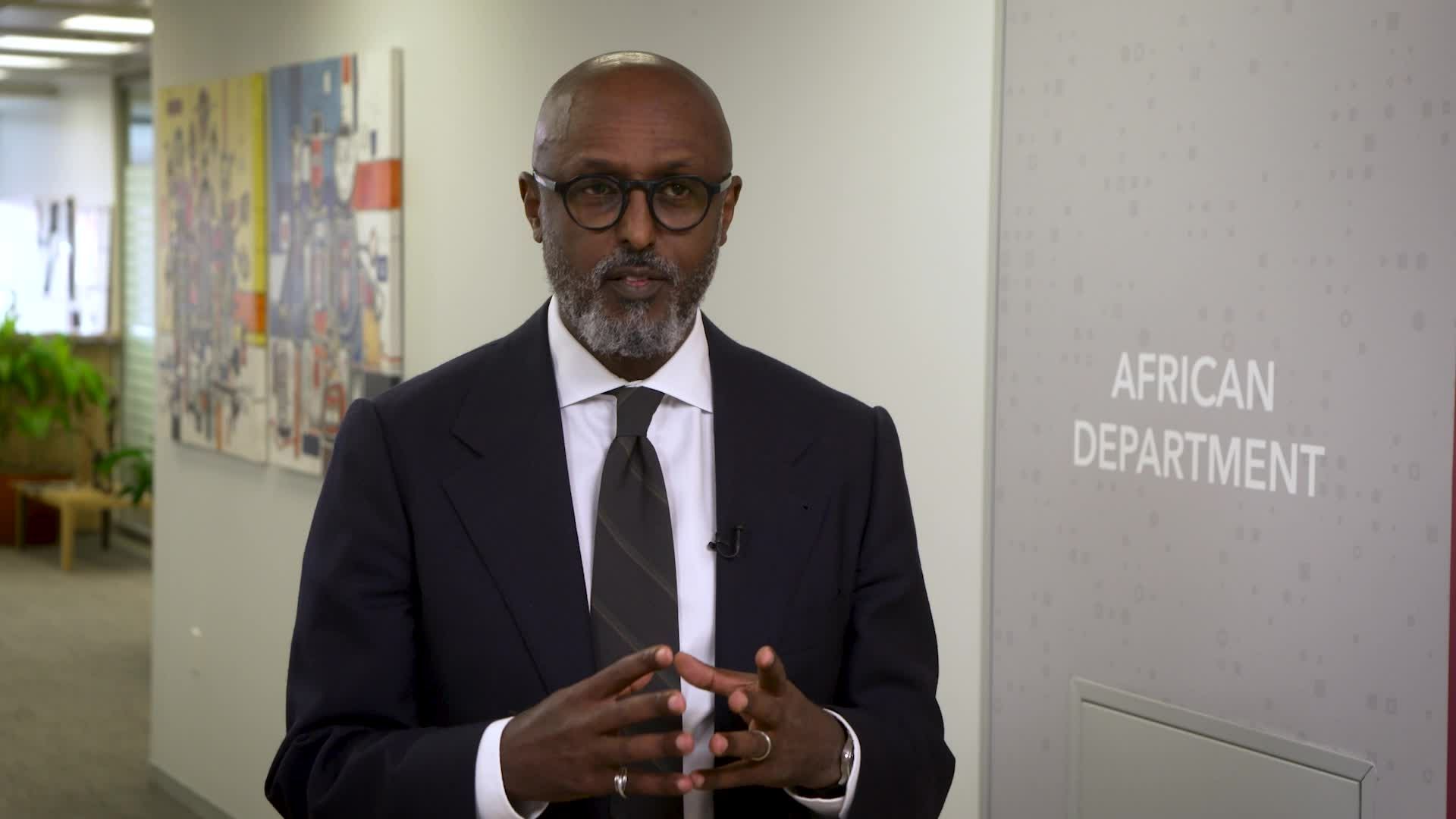Sub-Saharan Africa's growth is expected to fall to 3.3 percent from 4 percent last year, but will rebound to 4 percent next year, according to Abebe Aemro Selassie, IMF's Director of the African Department, ahead of the release of the Regional Economic Outlook for sub-Saharan Africa report on October 13, 2023, in Marrakech, Morocco.
"2023 has been a difficult year for many countries in the region. What we have seen is growth decelerating from 4 percent last year to 3.3 percent this year. But there is light on the horizon. In particular, high-frequency indicators show activity beginning to pick up in a broad range of countries. So, we are projecting growth to accelerate to 4 percent next year," says Mr. Selassie. "This largely reflects a significant number of policy reforms that countries have been pursuing. Fiscal deficits are narrowing, and inflation has started to come down despite the very difficult external backdrop. To the credit of country authorities, the recovery is resuming," Mr. Selassie adds.
The Regional Economic Outlook for sub-Saharan Africa report presents recent economic developments and prospects for countries in the region and discusses key challenges faced by policymakers in the current environment, including the funding squeeze. The report also provides country-specific data and analysis, including through analytical pieces on issues of interest to the region such as debt, development assistance, and Africa’s economic relationship with China.
Mr. Selassie explains that because the external environment will continue to be difficult for sub-Saharan Africa in the near future, countries should continue the reform agendas they have been implementing in the last few years. Ensuring that inflation continues to decelerate will also be important. Second, several countries continue to face exchange rate pressures, and their reserves are limited. In such an environment, it is important to ensure greater exchange rate stability and take actions to preserve foreign exchange reserves. Third, countries should continue to create fiscal space by increasing domestic revenue mobilization. This would also help address debt vulnerabilities. Lastly, countries should eliminate policy-induced measures that are constraining growth to facilitate higher growth. As home to the world's youngest and fast-growing population, sub-Saharan African should invest in the future to improve living standards.
Not only does the IMF have a financing role in several sub-Saharan African countries, but it also continues to work with countries to ensure that policies are calibrated to deal with the external environment and address domestic challenges. “Since the onset of the pandemic, we’ve provided about $55 billion to 45 countries in sub-Saharan Africa to support them to address this series of exogenous shocks that have hit the region,” Mr. Selassie adds. "Last but not least, we also provide a significant amount of capacity development assistance to country authorities on how to improve institutions, particularly macroeconomic institutions."
A copy of the full report will be available at https://0-www-imf-org.library.svsu.edu/en/Publications/REO at 11:15 AM Marrakech time on Friday, October 13, 2023.

